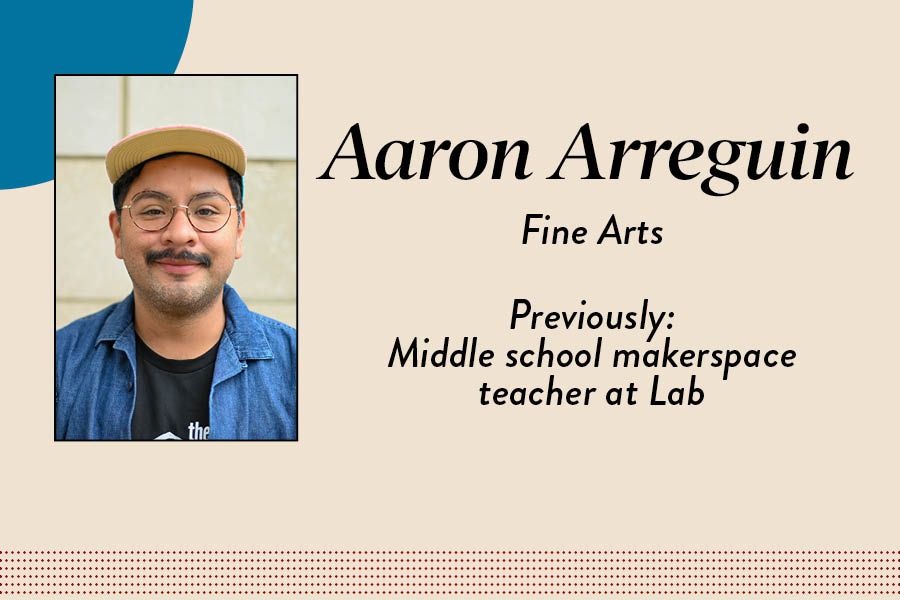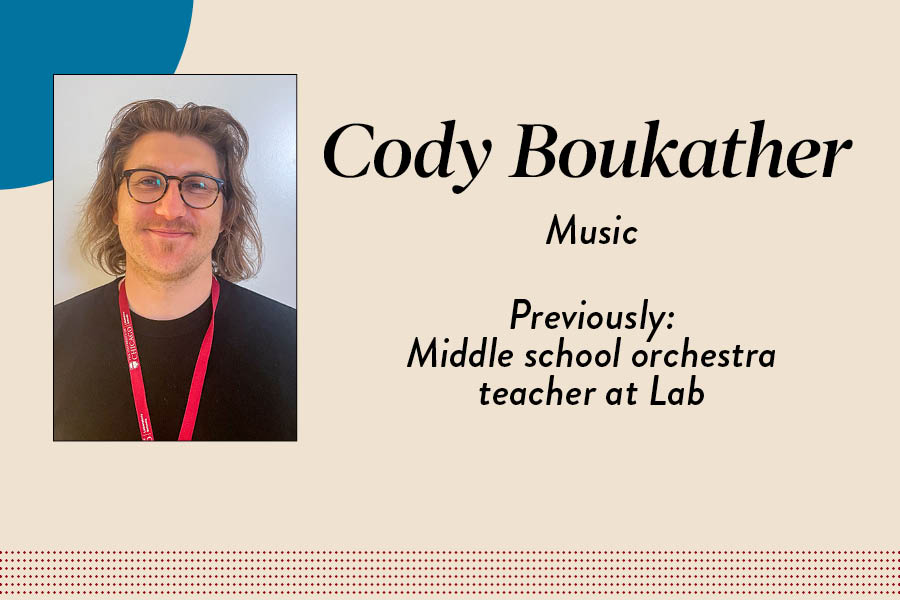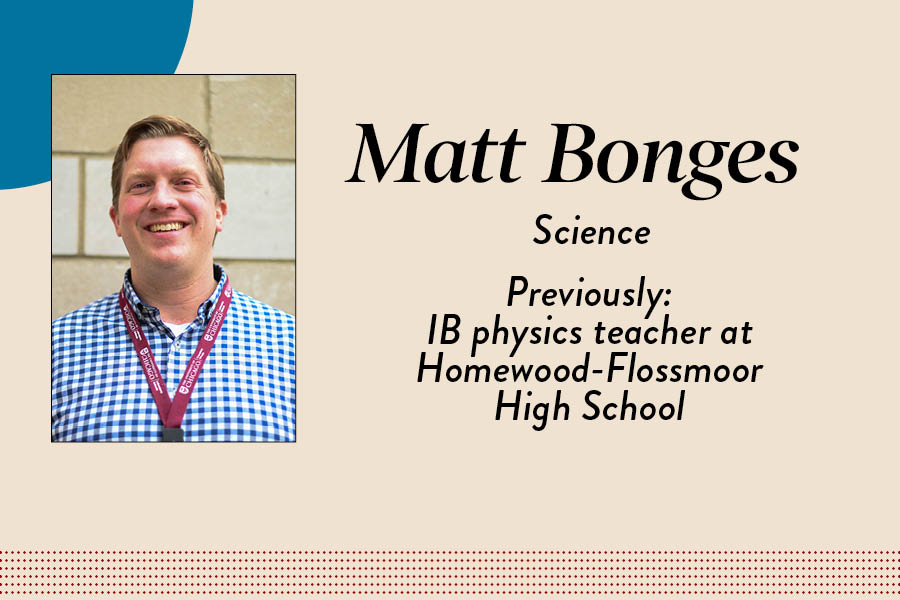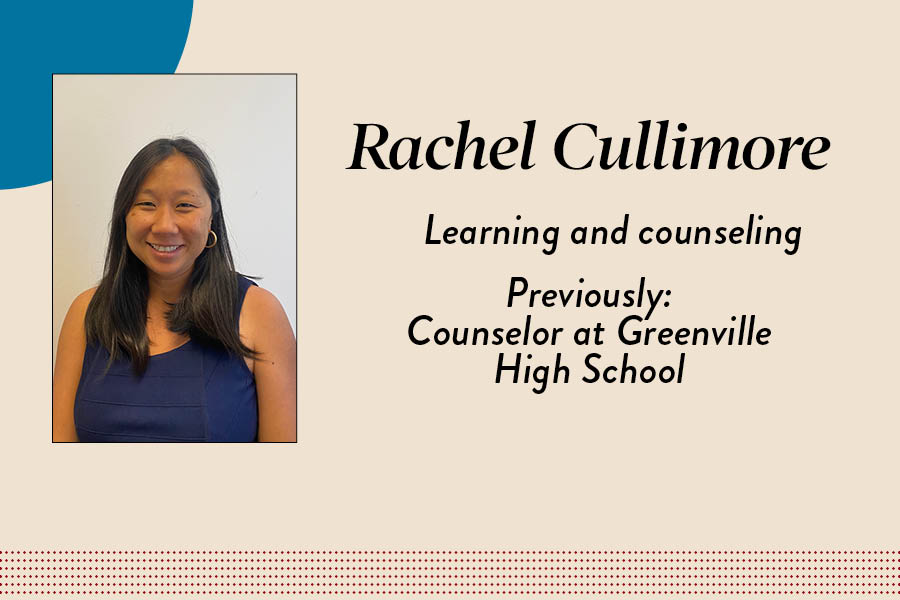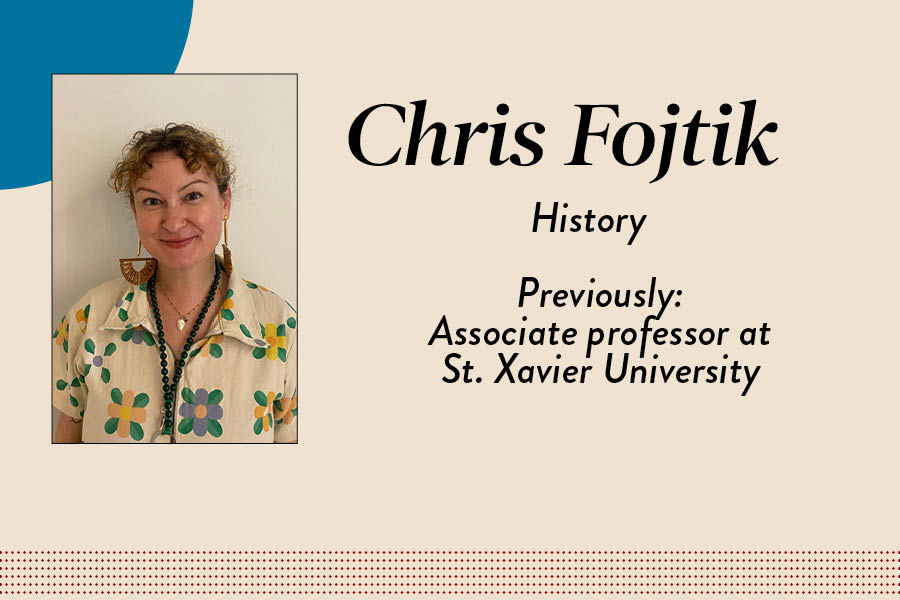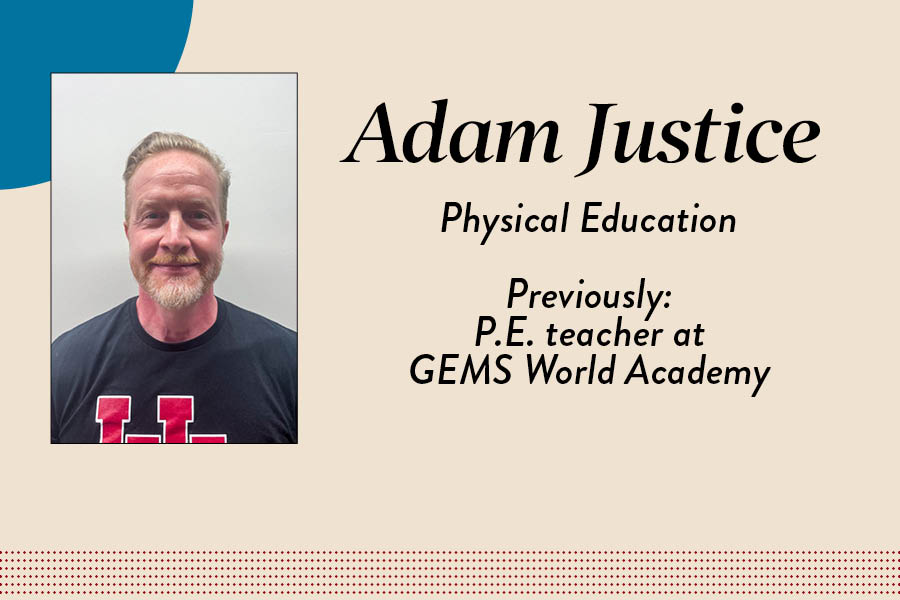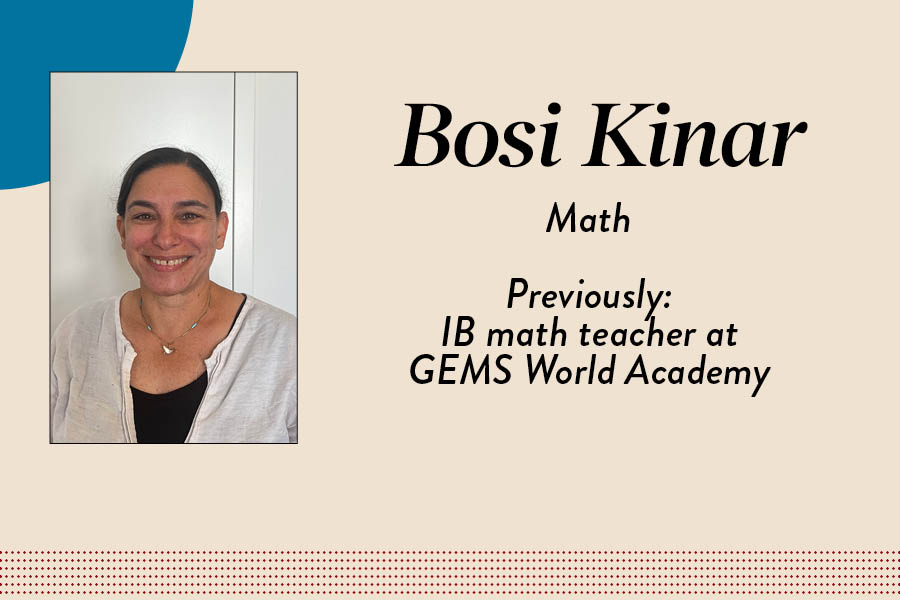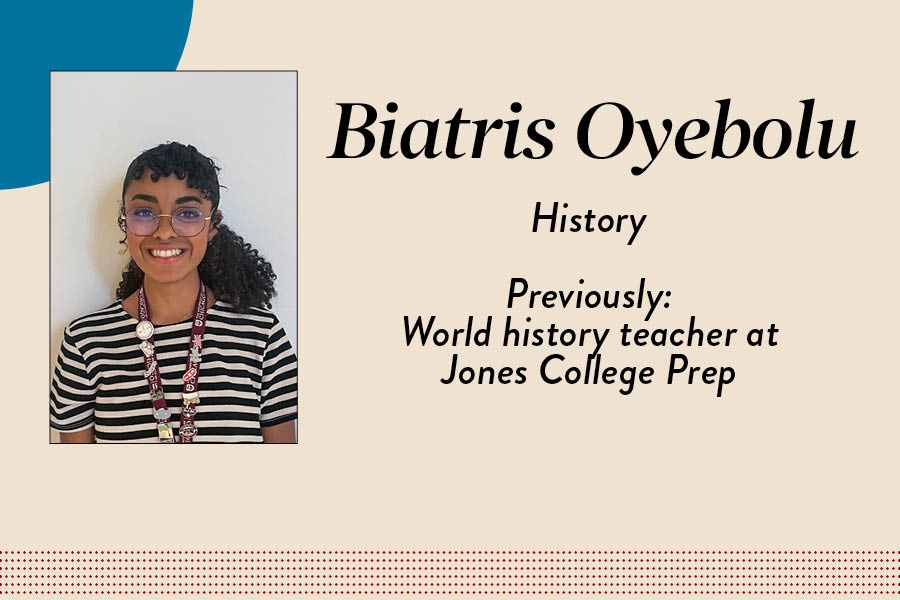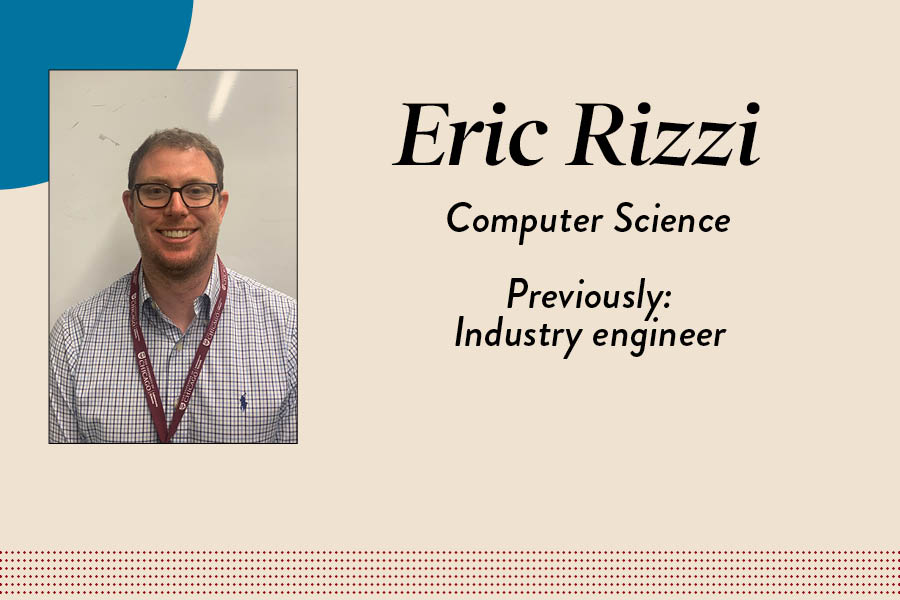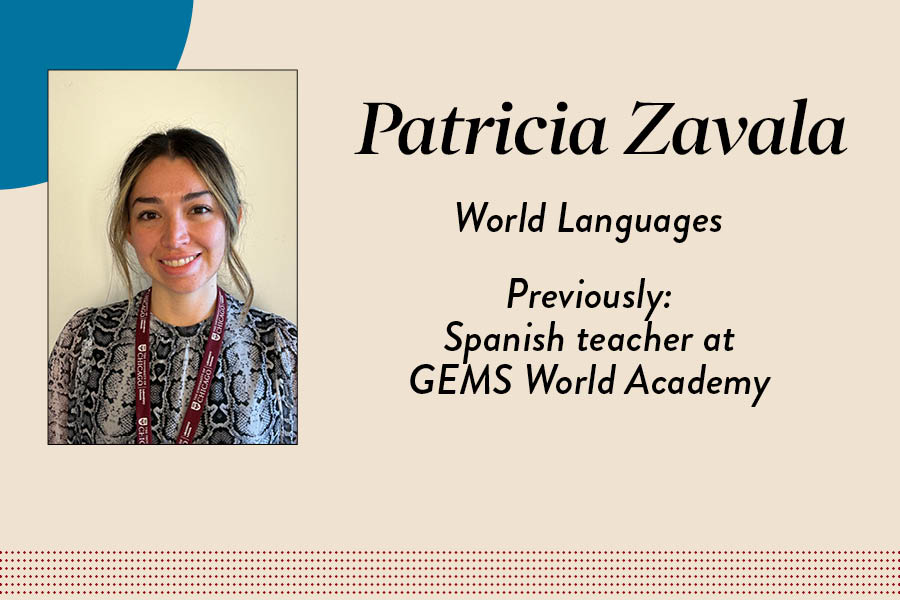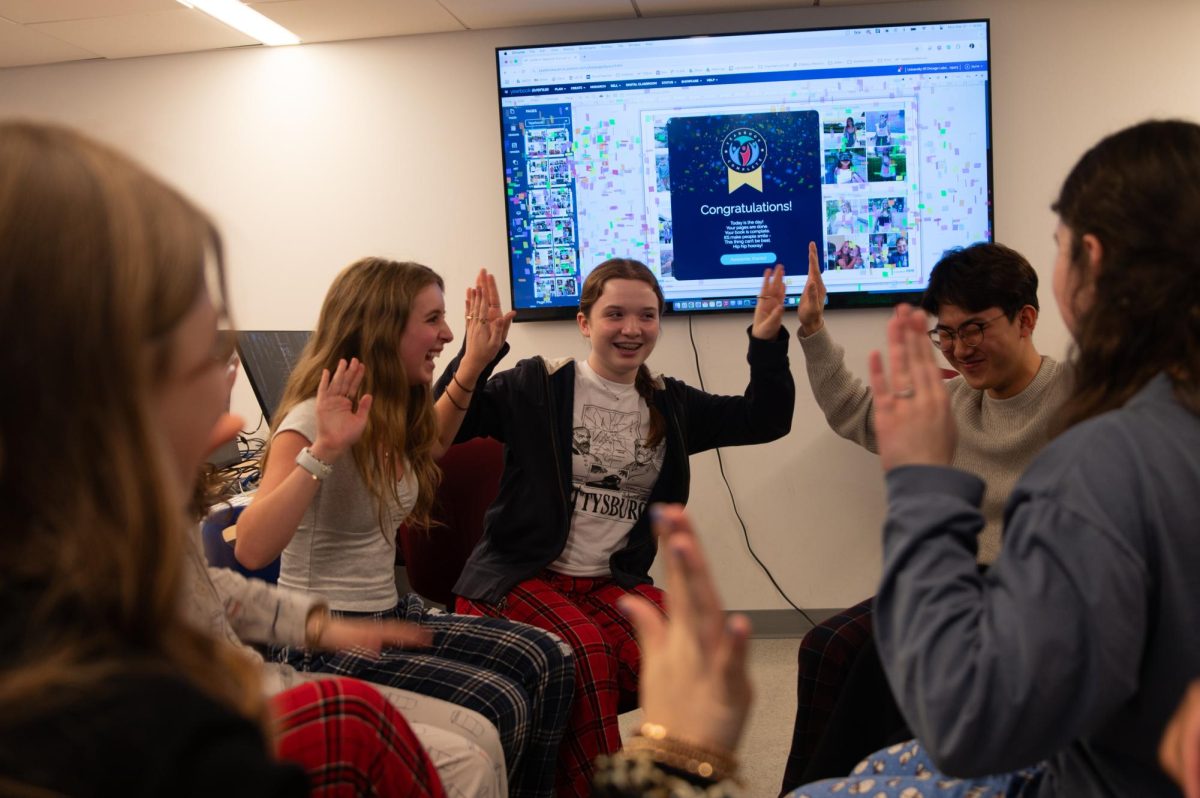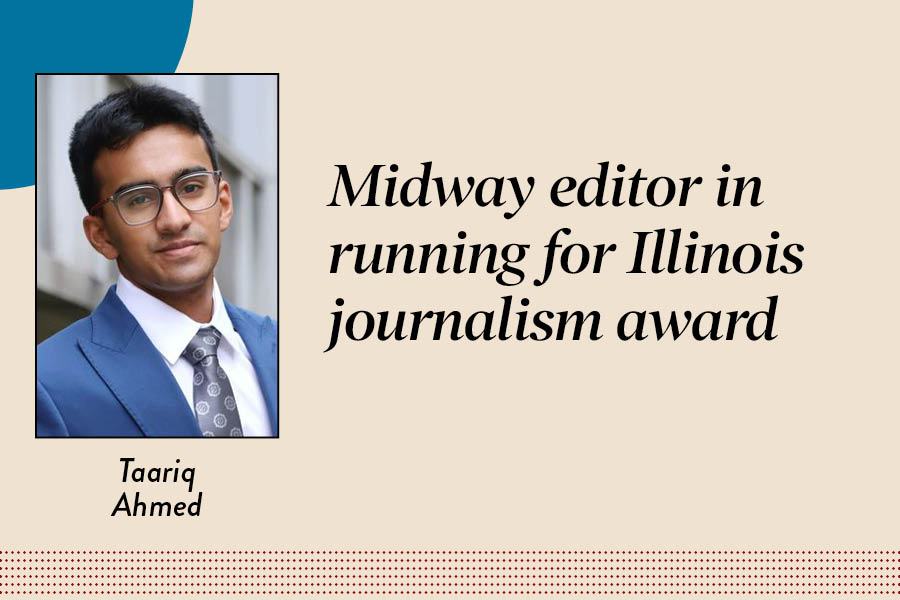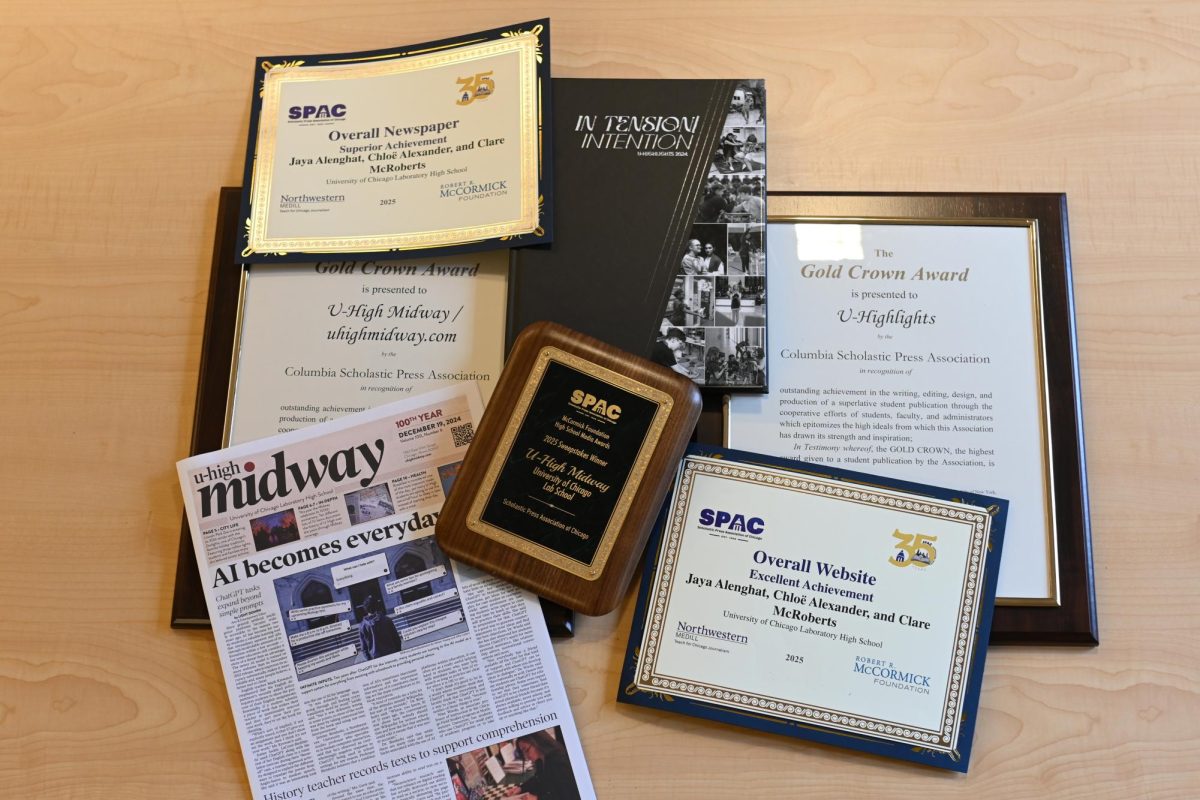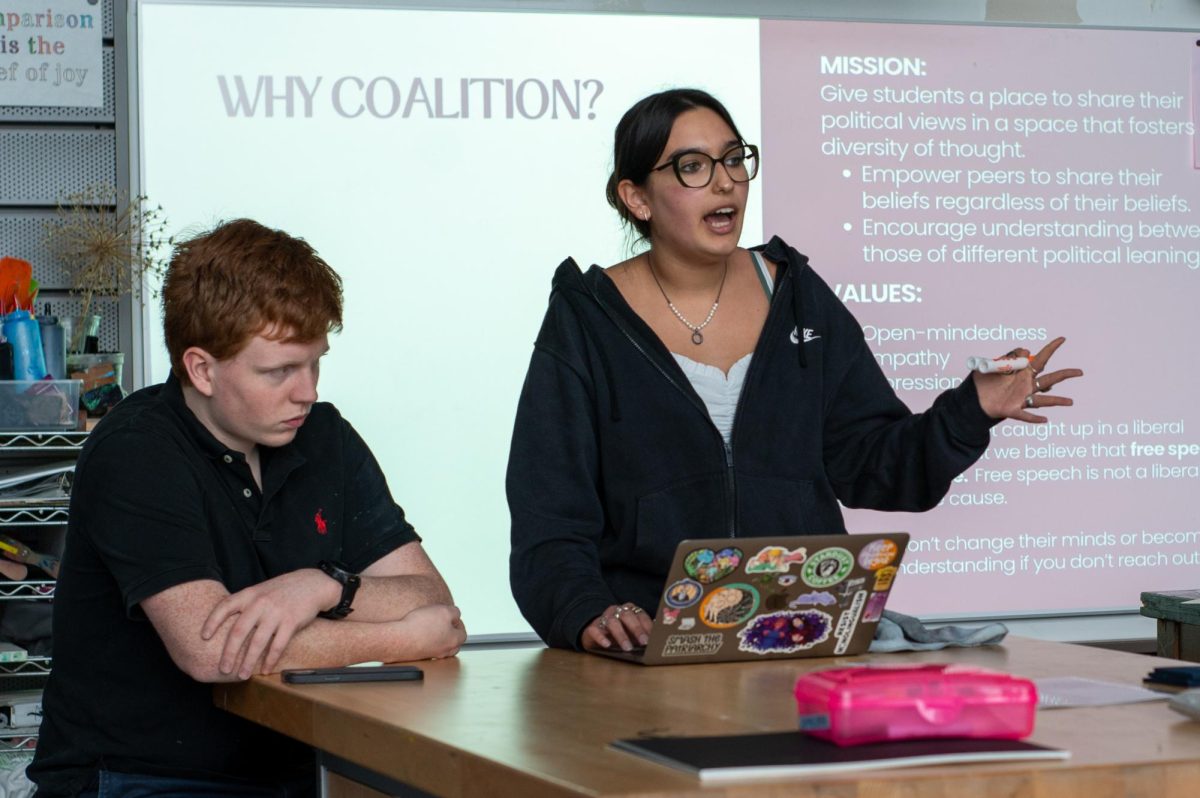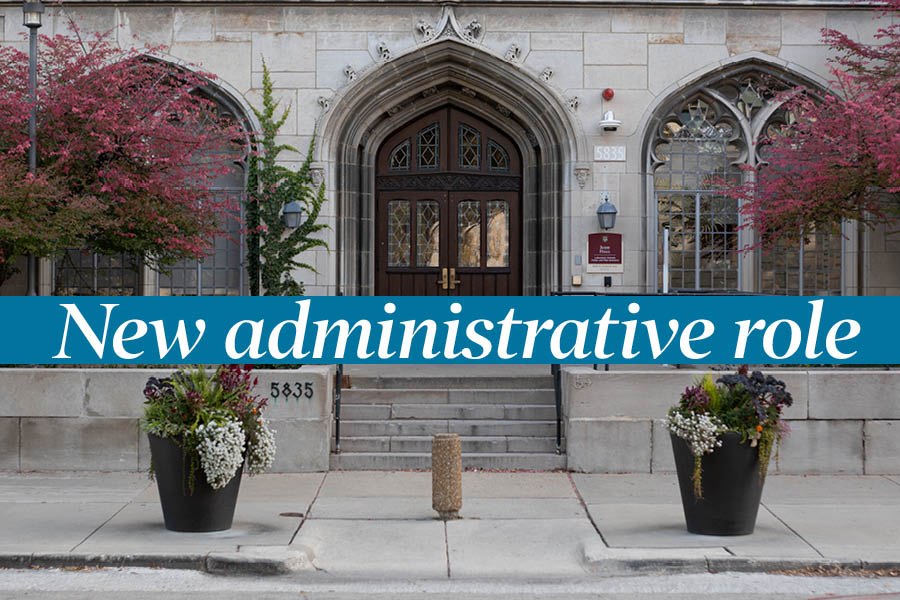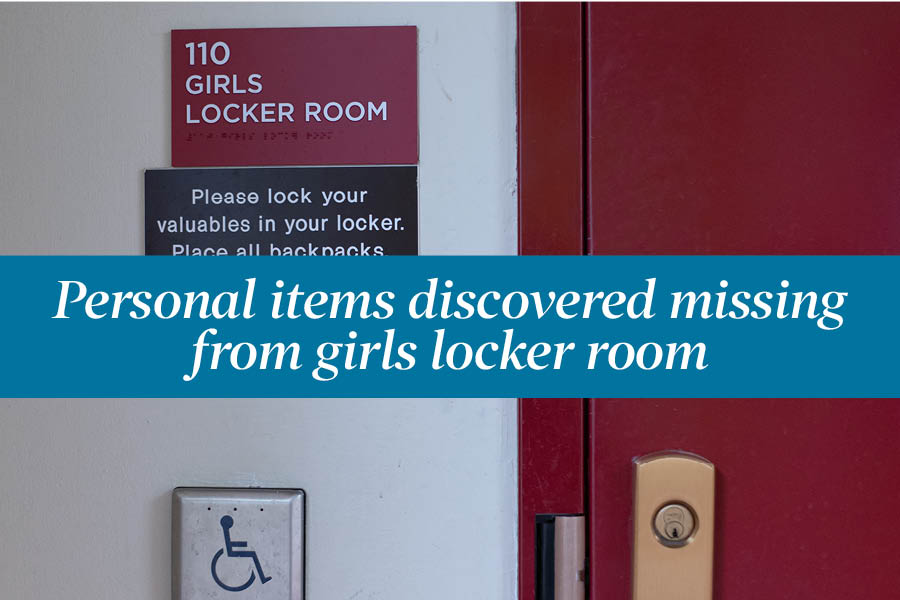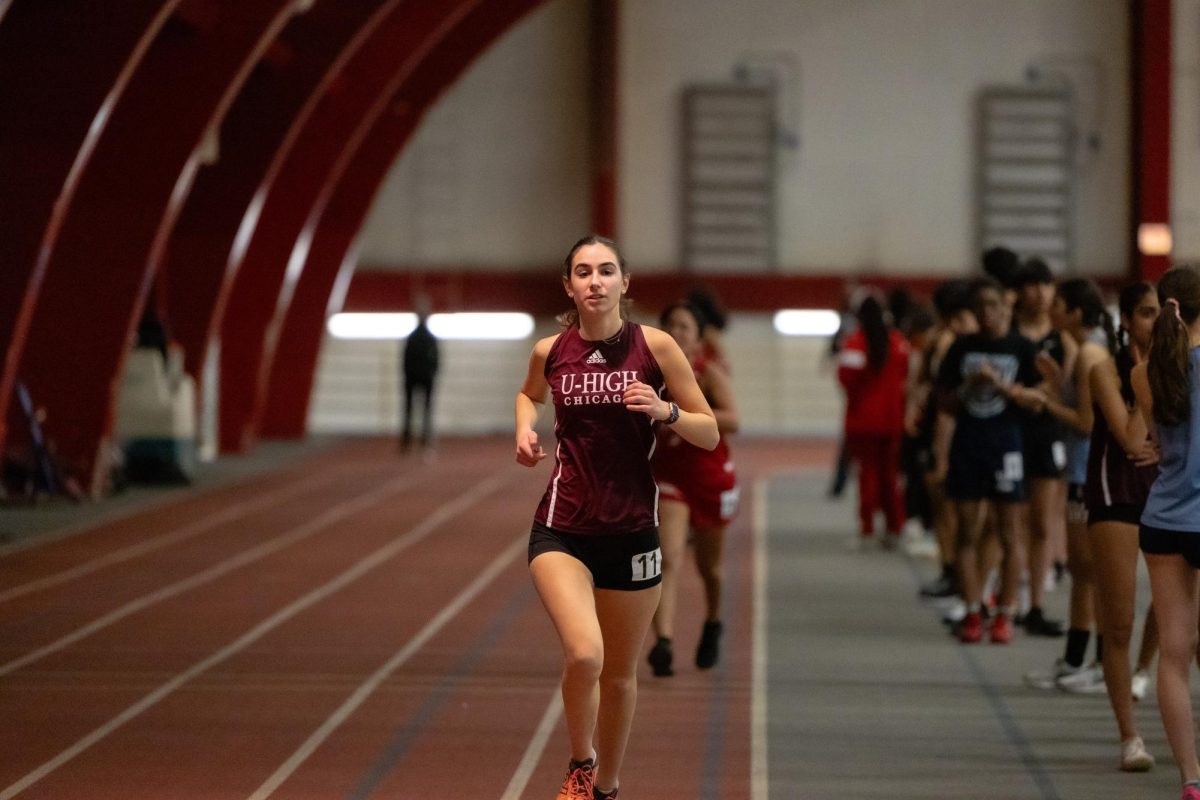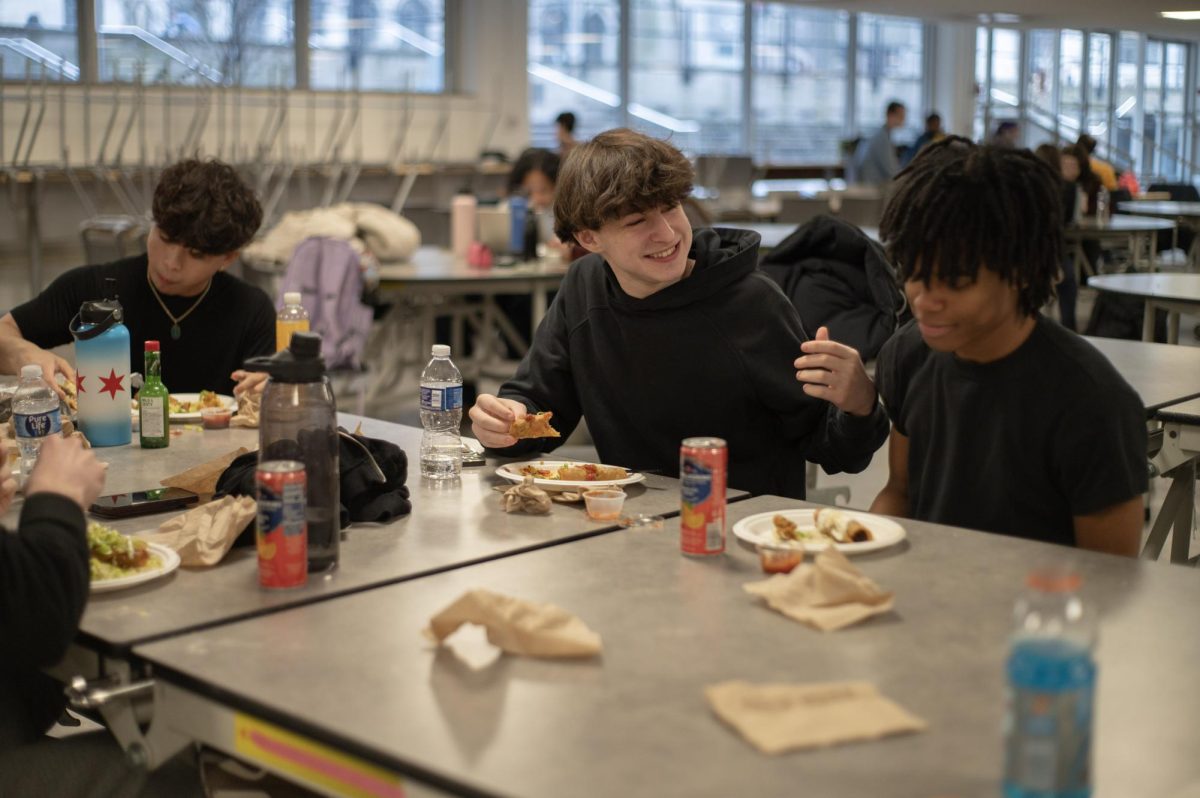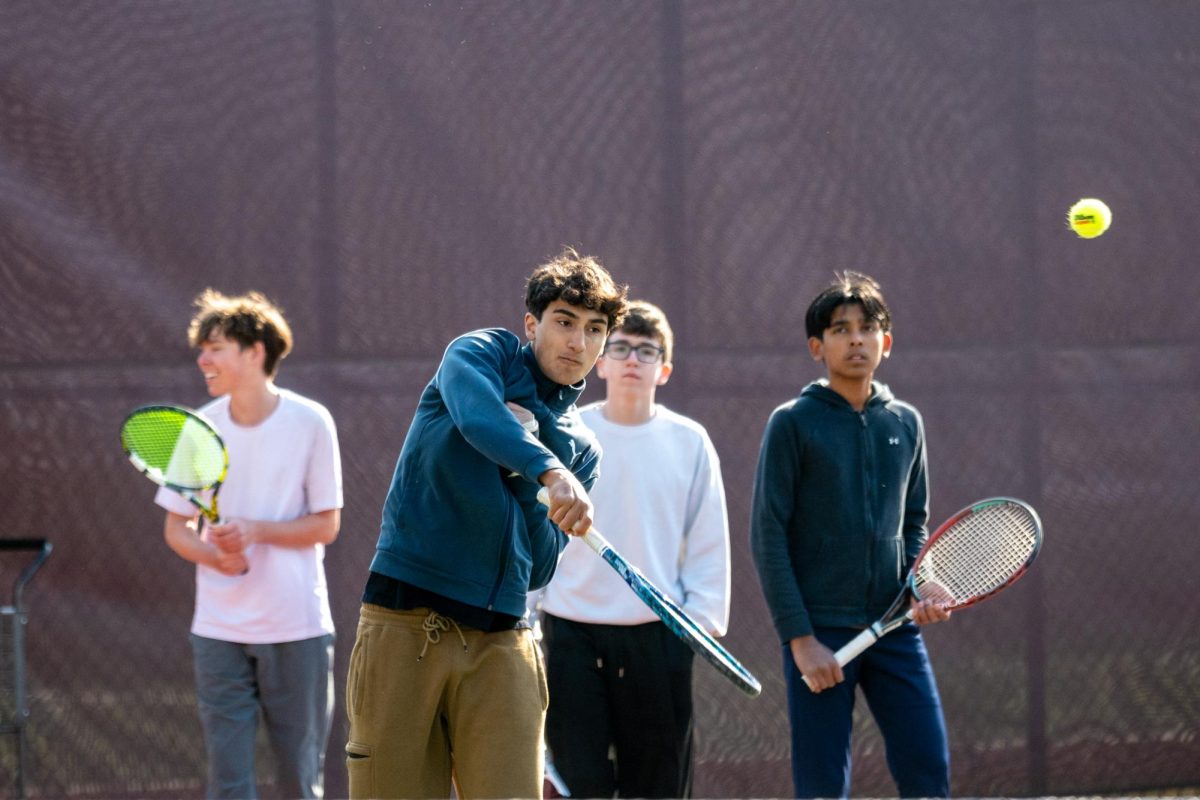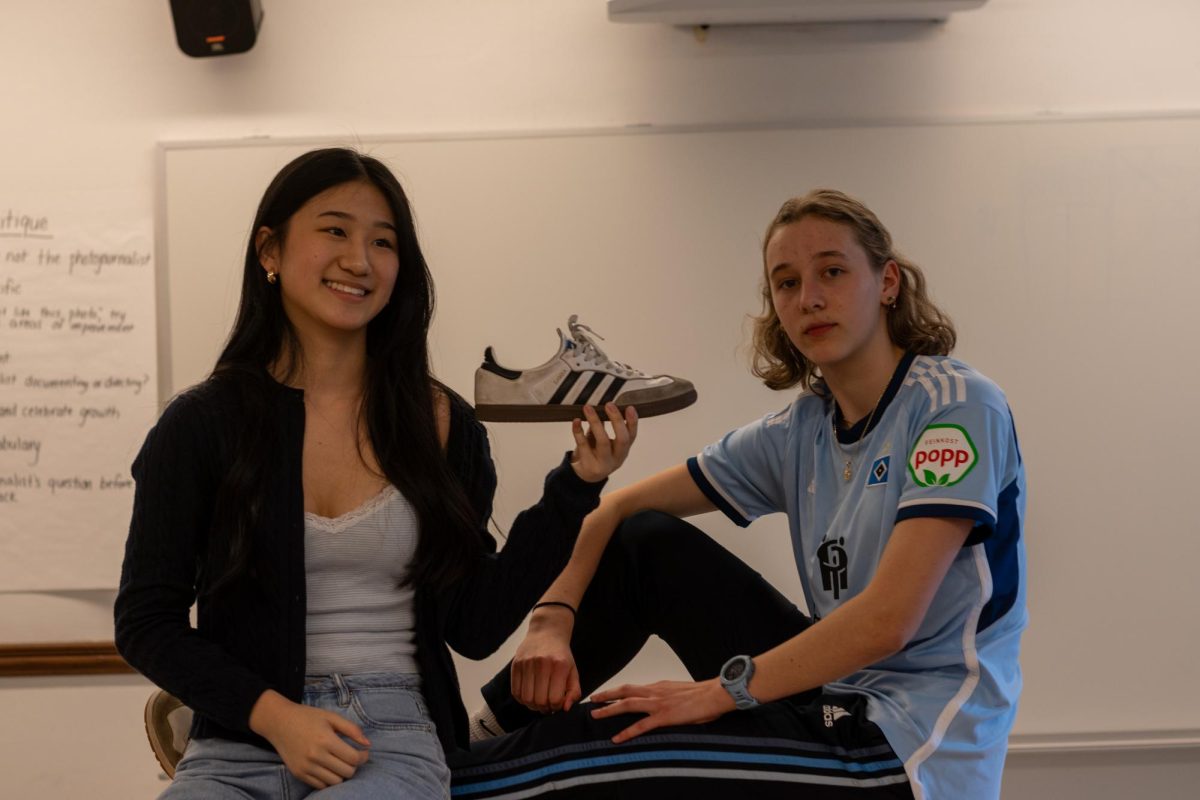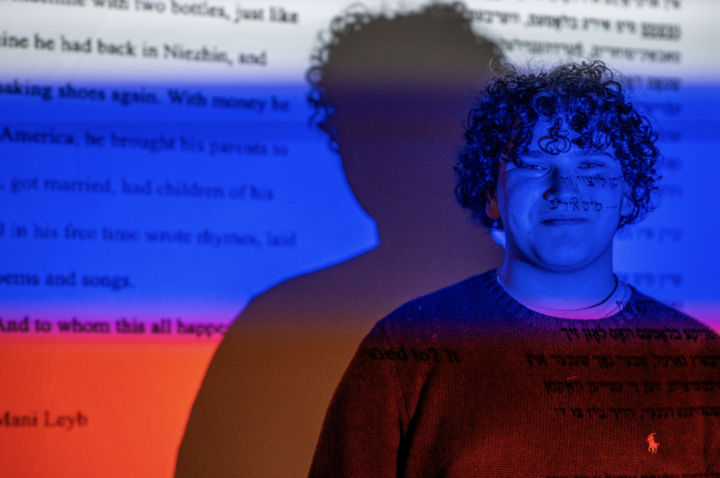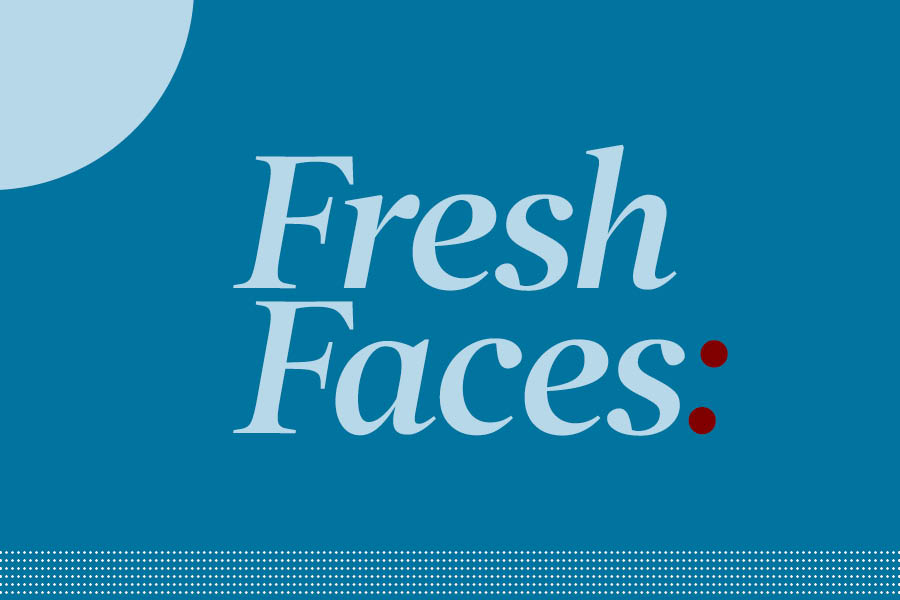
High school welcomes 10 new faculty
What should students know about your style of teaching?
“I let you conduct the train a lot. If there’s something that you want to pivot into or that you want to try, it’s a very collaborative space. I consider myself to be someone who is a lifelong learner. The new technology, it’s always evolving, so there’s no way to feel like you’re done learning. And you’re here with your ideas, and I’m here to just help facilitate and make them as best as you can.”
What is the biggest thing that you want students to take away from your class?
“Art is an actual language. When you are able to communicate and have more discussions about art, it’s essentially a third language, right? You get to communicate with other people with different interests and different appetites for visual stimulation. I want people to have a way to engage with everyone in a collaborative way. The world is collaborative. I want my students to learn and understand that, with more people, you can make something really resourceful and really helpful.”
What should students know about your style of teaching?
“I see myself as someone who’s a guide or a mentor to get students stoked. I want my kids — anyone who’s in my class — to find something, whatever it is, what we’re working on, and relate it to them and see how they can transform their lives outside of our classroom, as I don’t feel education is very strong and powerful if it’s only used in the classroom.”
What is the biggest thing that you want students to take away from your class?
“I feel like every student is capable of achieving what they want to achieve. And that that mission or that scope or whatever they’d like to achieve, isn’t meant to be done by themselves. And it’s meant to be done with support of their, their posse, their group, whether it be parents, counselors, friends, family, life like idols, you know, whoever and whatever it is to, like, help you to achieve what you want. You are capable. And it’s a group effort.”
What should students know about your style of teaching?
“I heavily follow kind of a modeling philosophy of teaching physics. Everything is set up about building a mathematical and graphical models experimentally. So, I don’t give any equations in the class that we haven’t as a class derived kind of experimentally to get there. And so the kind of biggest takeaway is that I’m trying to give you a mental model for how to think about and apply to solve problems, and develop problem solving skills.”
What is the biggest thing that you want students to take away from your class?
“Being good problem solvers is the biggest kind of takeaway that I want. I love physics and I want to give people a really good foundation in physics and that content but the most valuable skill that it teaches you is thinking logically about solving problems, whether those problems are physics or otherwise. So just trying to, like, train everyone’s brain to be critical thinkers in that regard.”
What should students know about your style of teaching?
“My approach is really to – it sounds cheesy – but like, start with heart. And just meeting students where they are in that moment, if they need something or they’re in crisis or they just want to have a sounding board. I am a little more leaning towards solution-focused in my practice but also just really being here to witness whatever the student or child is experiencing and help them process that and just be a safe space.”
What is the biggest thing that you want students to take away from your class?
“I would like them to have a good experience exploring self and emotions and feelings. Maybe learn some new tools about their current challenges that can help manage their feelings as they, you know, age and mature. And then lastly, to just have like a positive experience talking with someone in like the mental health field.”
What should students know about your style of teaching?
“I think my goal for the year is for students to not only get more comfortable with making mistakes but with figuring out how valuable that really is and how to not be afraid to do so. Because that’s where learning where you need to push yourself comes from: learning how to be resilient, learning how to deal with things not always going the way you want them to. Those are some skills that I think that I didn’t always learn when I should have.”
What is the biggest thing that you want students to take away from your class?
“Not being afraid, keeping that curiosity, cultivating that curiosity, being interested in everything — because there’s stories all around us. Historical stories, other kinds of stories. I personally am one of those people that’s like, ‘All stories are part of our story.’ And then also that idea of not being afraid to not be perfect, and knowing that we’re gonna grow from there.”
What should students know about your style of teaching?
“I’m going to challenge the students. That’s important, I think. I expect everybody to work hard, I expect everybody to try. Even if it’s something that they find difficult, even if it’s something that they are not super comfortable with, we can work on that. We can figure out how to make it a more comfortable experience, how to make it a more enjoyable experience, so that when they leave the gym or they leave the pool, they feel like they’ve achieved something.”
What is the biggest thing that you want students to take away from your class?
“I think that people have a lot of preconceptions about sport like ‘you’re either sporty’ or ‘you’re not.’ I like to challenge that idea in order to kind of push one’s individual boundaries. And I hope that students will take that away. And I hope that students see me as somebody that they can come to and say, ‘I’m not super excited about this.’ And I’ll say, OK, that’s, that’s totally fine. Let’s try and figure out a way that we can get through it together.”
What should students know about your style of teaching?
“I like a dynamic classroom. Lots of conversation, lots of discussion. I think learning math is an active course in that you learn more from your failures than you do from your successes. So throwing yourself in it and having a conversation about it actually increases your understanding of the material. I think that learning math is a group effort. I always say it’s a team sport.”
What is the biggest thing that you want students to take away from your class?
“What I hope that students learn is how to use their strengths of learning to help grow their learning attributes that might not be as strong. For instance, a visual learner might learn how to use a visual to then turn it into an auditory process. I think that’s incredibly helpful in mathematics, particularly as you’re going both from the algebraic and the geometric viewpoint of particularly higher level math.”
What should students know about your style of teaching?
“My style is pretty fluid. I love having discussions in my class, and I love to hear your thoughts because I’m going to be not just your teacher, but I’m going to be a student of you. We are going to have a lot of discussions, but also as a historian, you are going to come into my class as a researcher. You got to be ready to ask a lot of good questions and also be able to answer your own questions, and you can figure it out, too.”
What is the biggest thing that you want students to take away from your class?
“I think one of the biggest takeaways for me, especially as a history teacher, is that history is always changing, and you are a part of that change, and if you want something to happen, you got to help make it happen. I don’t want my students to walk away thinking, ‘I don’t know how to find the answers to my questions.’ I want them to say, ‘Mrs. O. taught me how to question things and figure out the answers to questions: I have the tools to do that.’”
What should students know about your style of teaching?
“I want people to view technology as a tool, not to be intimidated by it, and to understand each layer that they’re relying on so that they can take back power from the machine and not view it as a passive user. I think that computers are for anyone and they can be used to augment anything you’re interested in. I really want to bring as many peo-ple in as possible to expand what is considered computer science and to make it more accessible.”
What is the biggest thing that you want students to take away from your class?
“I would like students to be able to use the computer to communicate their ideas and to each other as well. I want them to view it as a way of sharing information and creating a network of people that can work together. I think that, right now, we’re in a really big time of change with artificial intelligence, and computer science hasn’t had the best history of being careful and making sure that we don’t break things.”
What should students know about your style of teaching?
“So something that I want them to know is that this is an opportunity for them to learn that it’s okay to make mistakes. I like to bring a lot of real-life scenarios into the picture so that students can get more of a cultural immersion. I also like my students to engage in conversations in the target language, and I use a lot of multimedia resources for them to know what’s going on in the real world nowadays, and not sticking just to the past.”
What is the biggest thing that you want students to take away from your class?
“I do want to have empowered them to have strong language skills, but I also want them to foster a lifelong appreciation for language. Especially if you’re learning Spanish, become more interested and more curious into what the culture is about. When I arrived in the U.S., I was already 17 years old, and I had to learn English from that time, so hopefully, they can see me as an example of how it’s never too late to be learning a language.”




